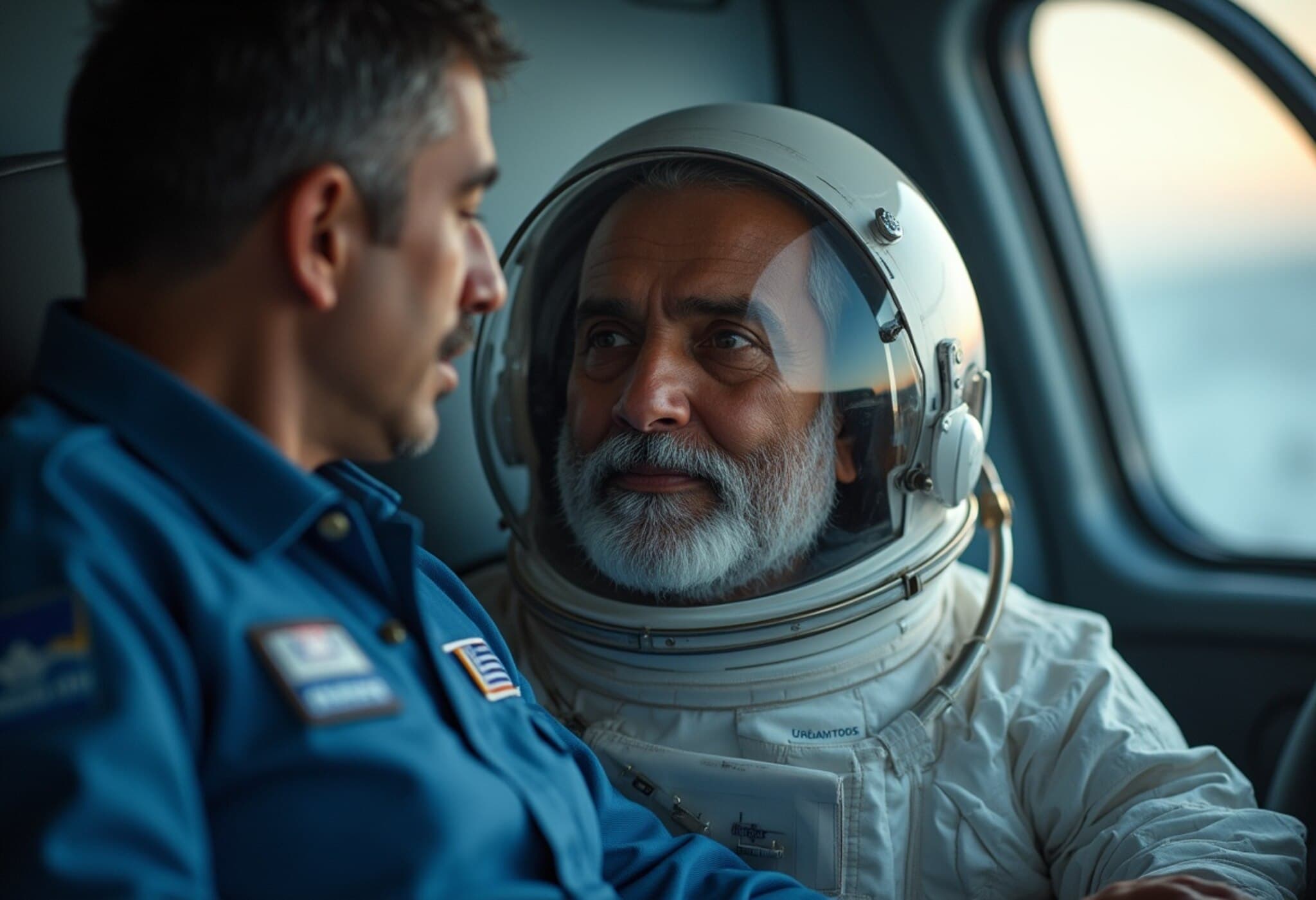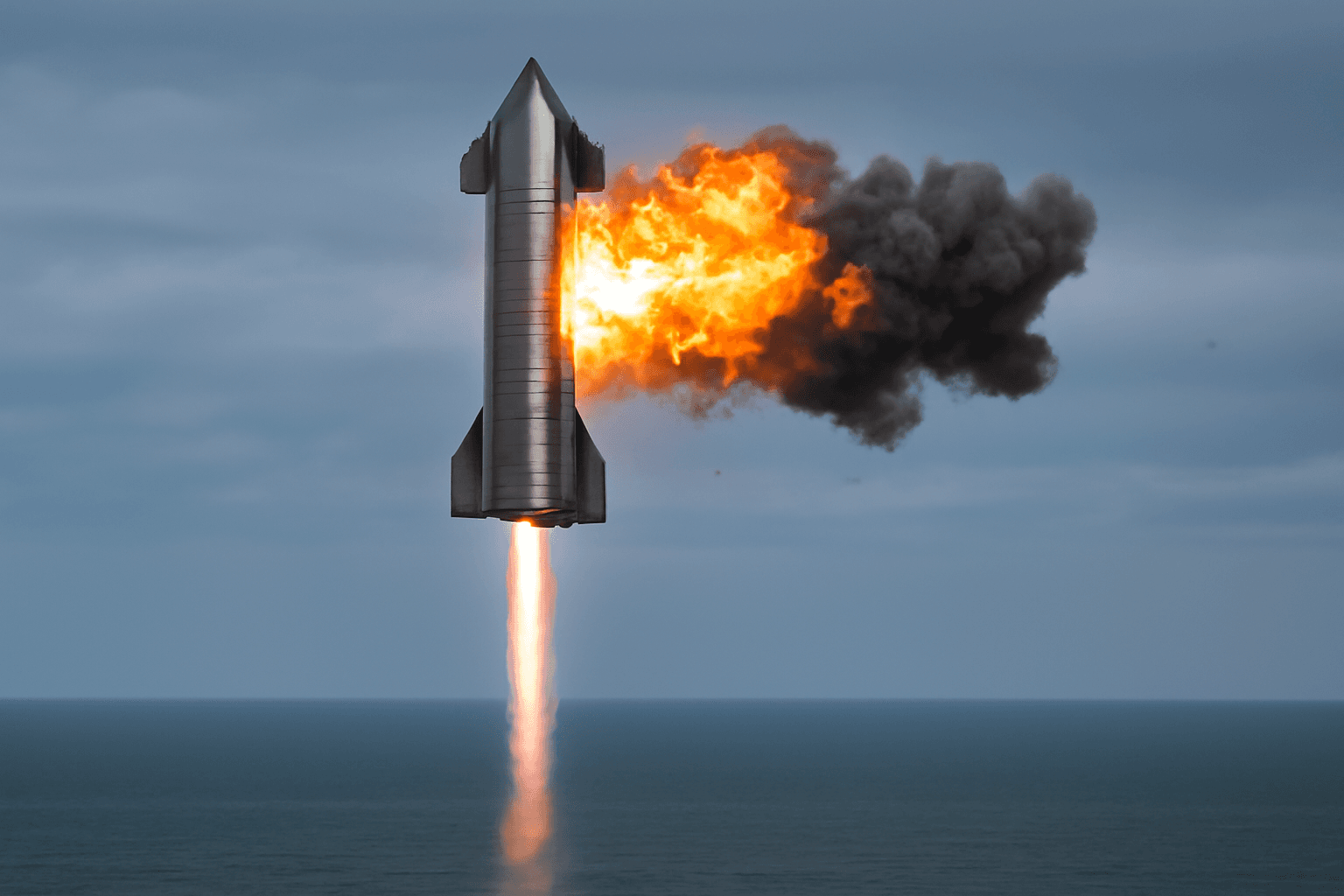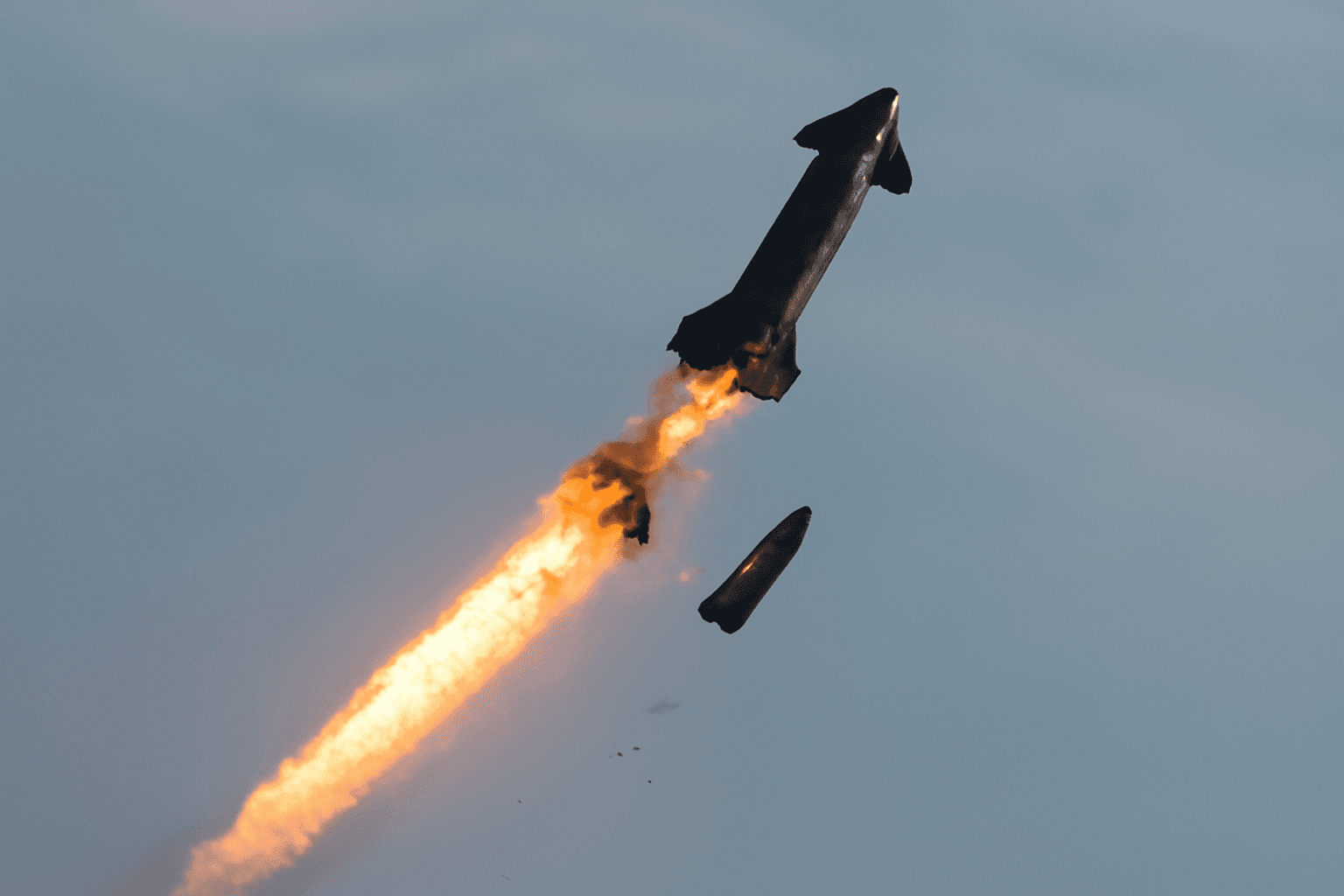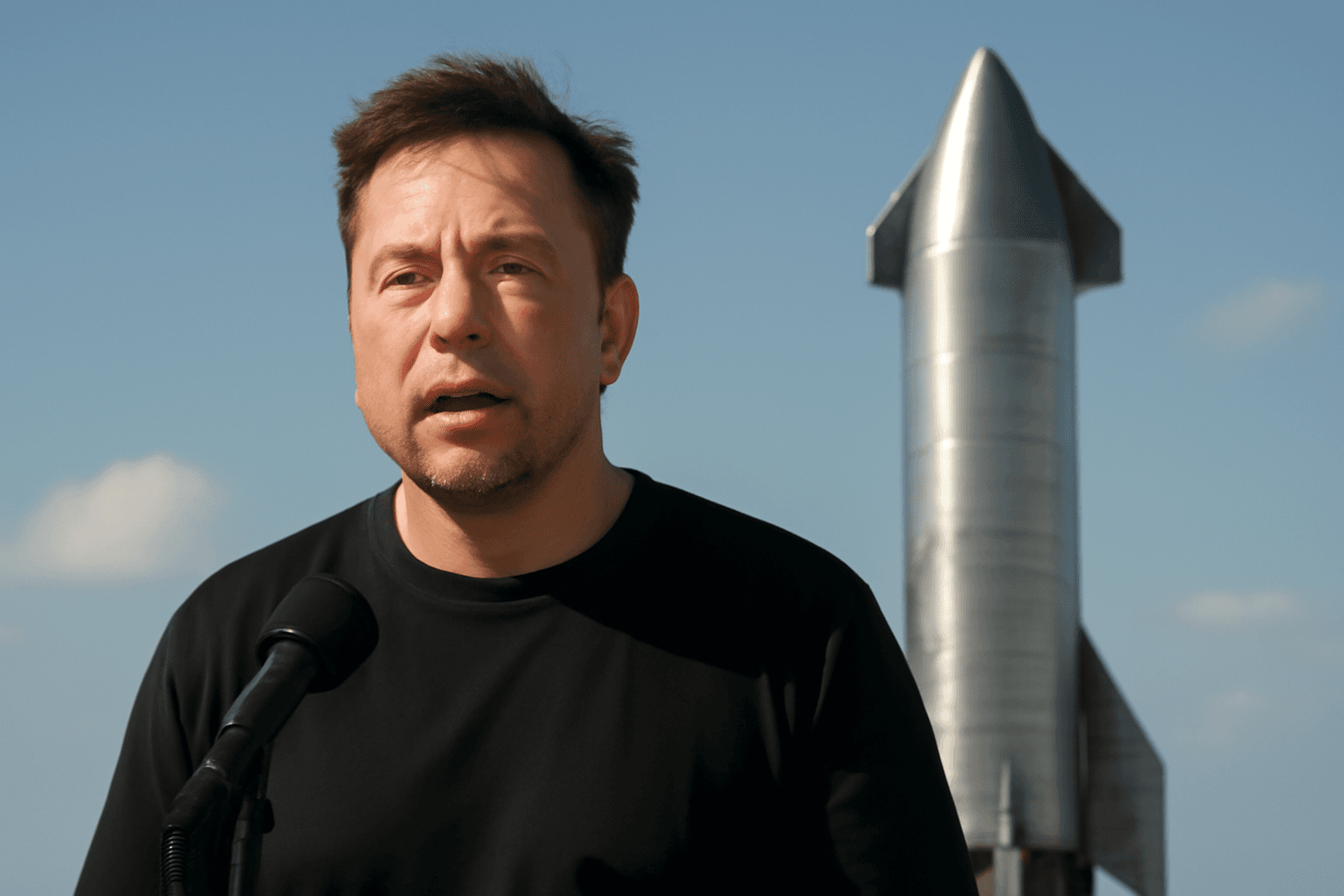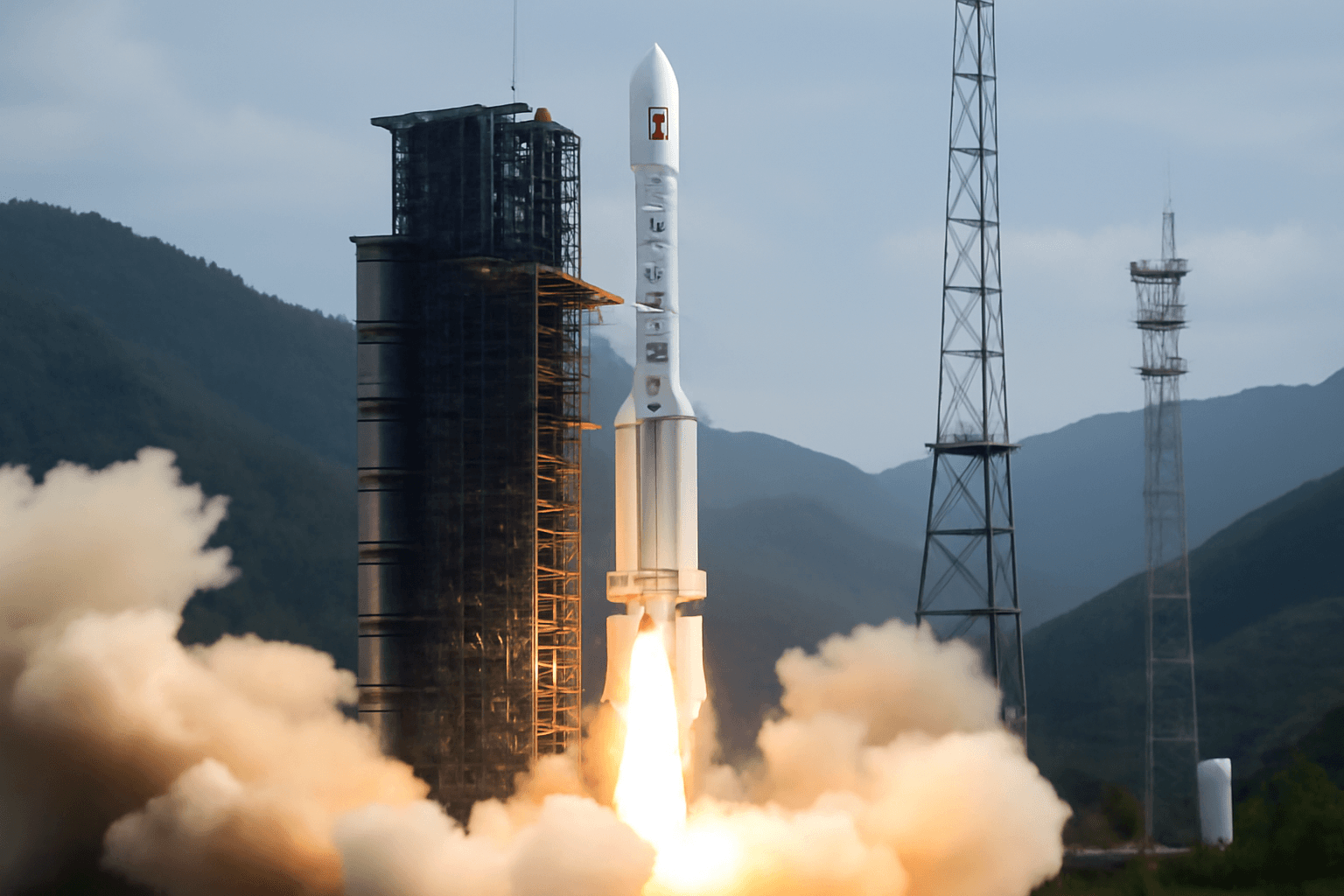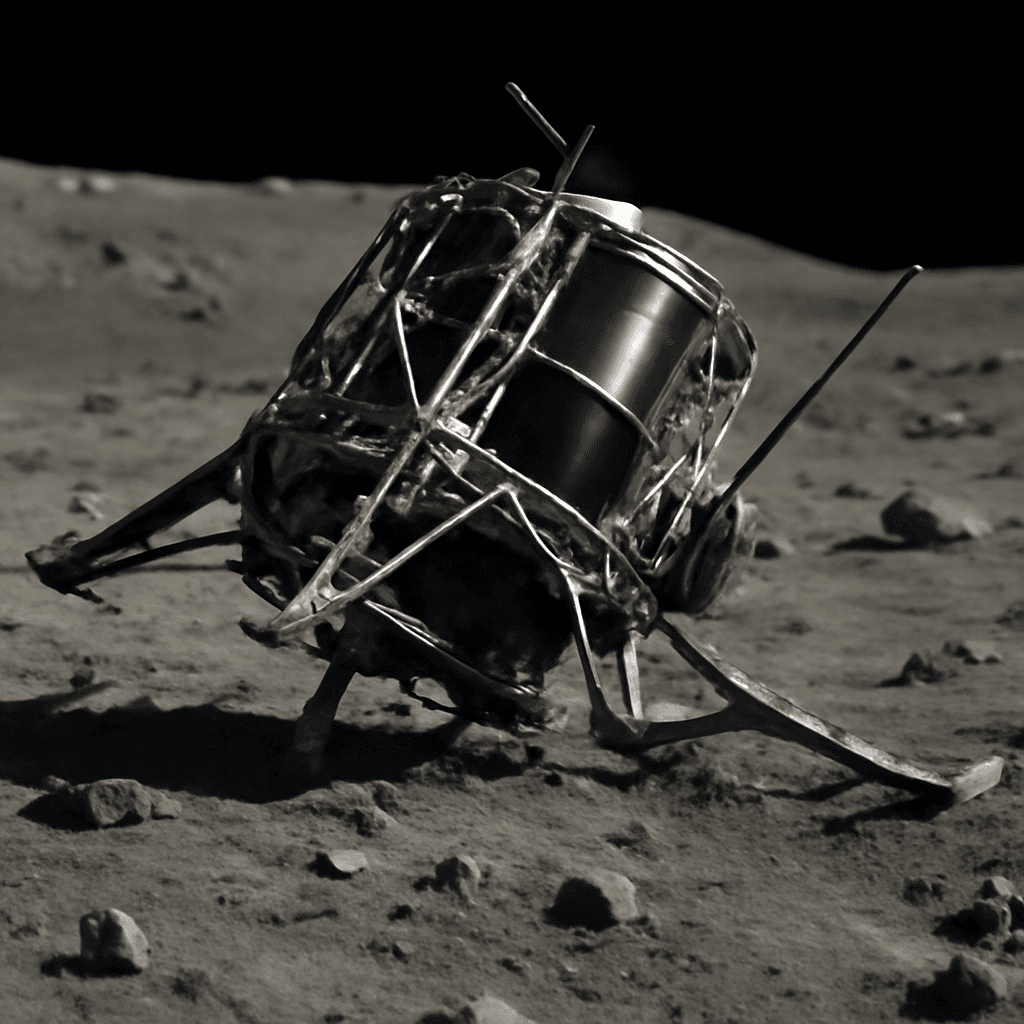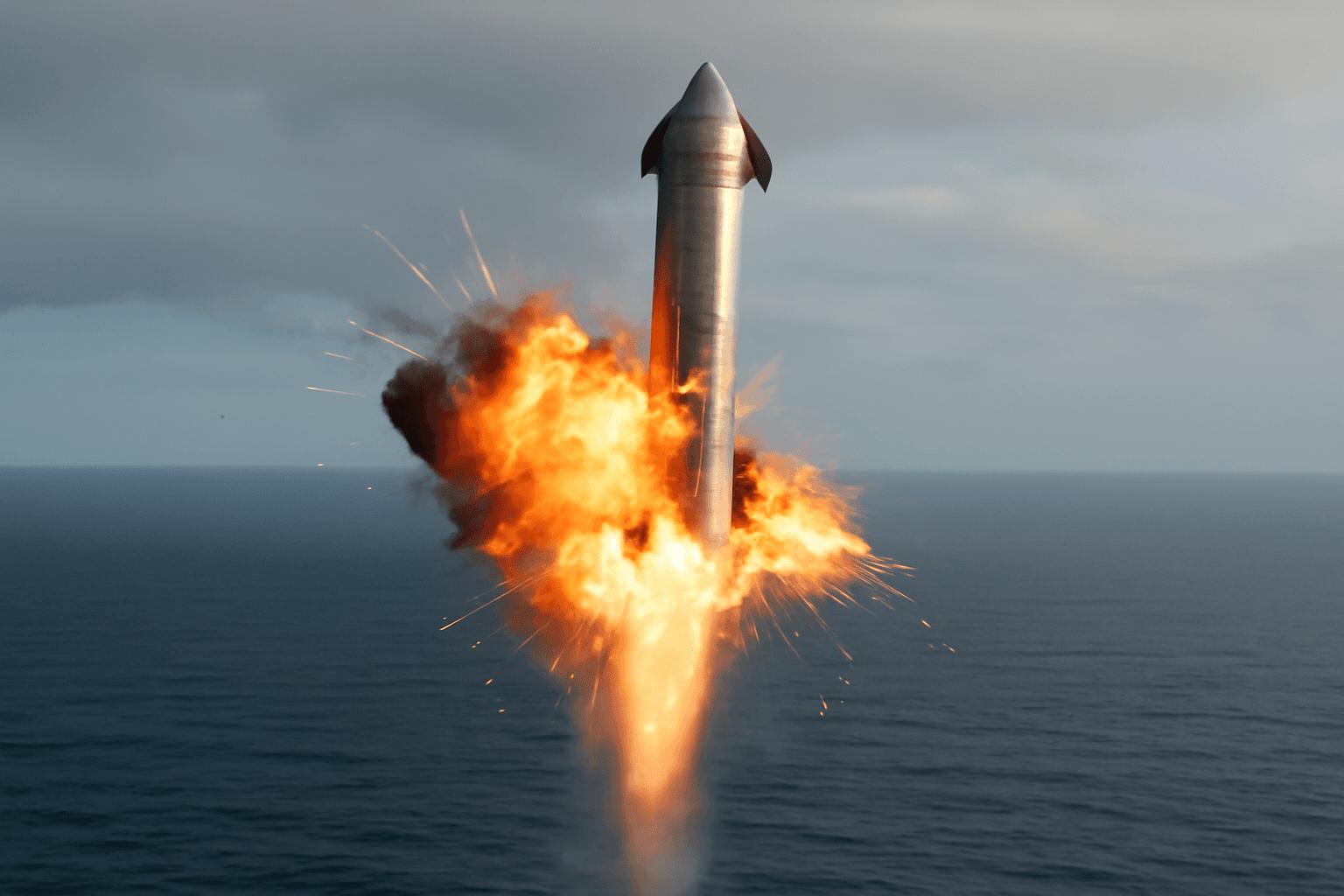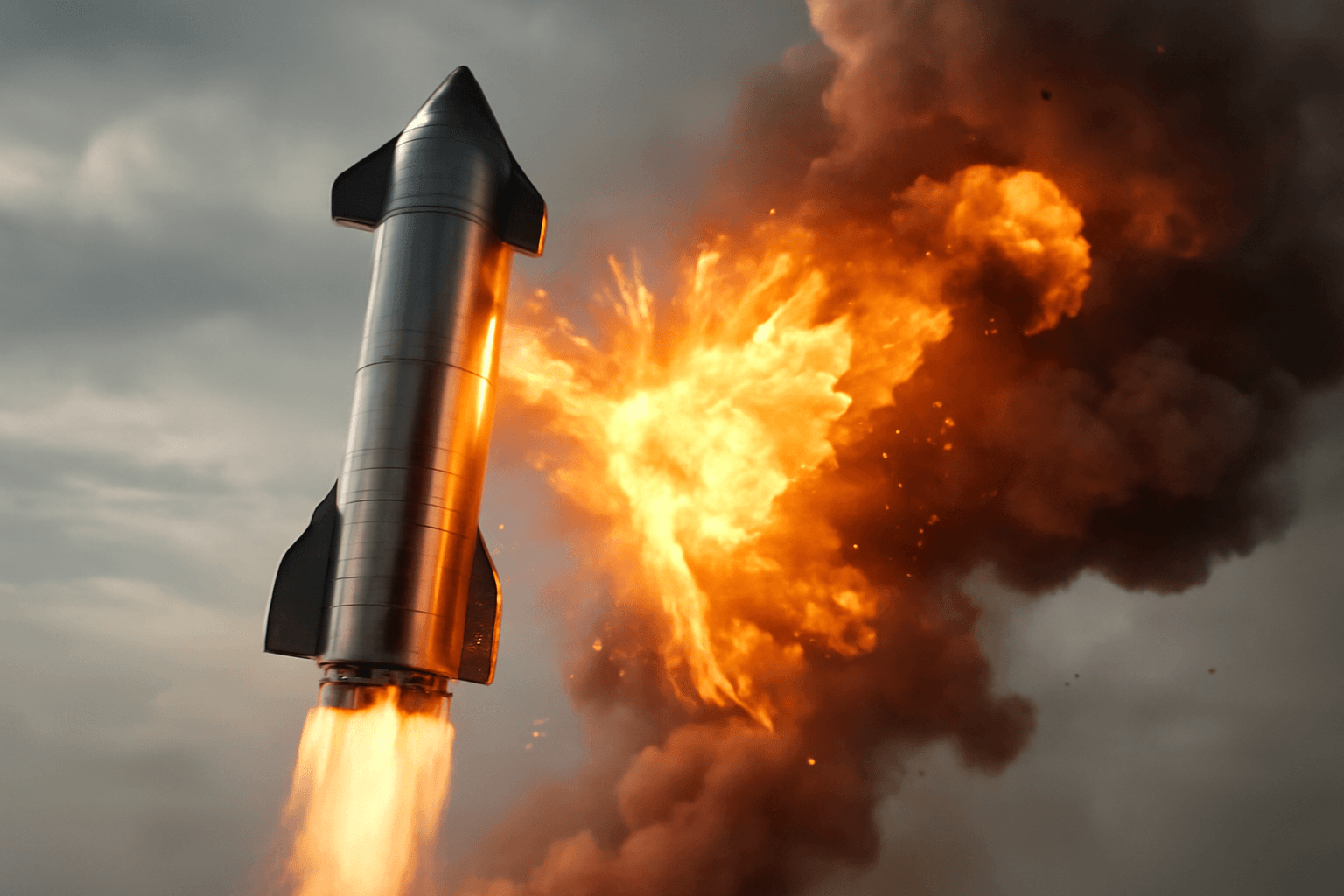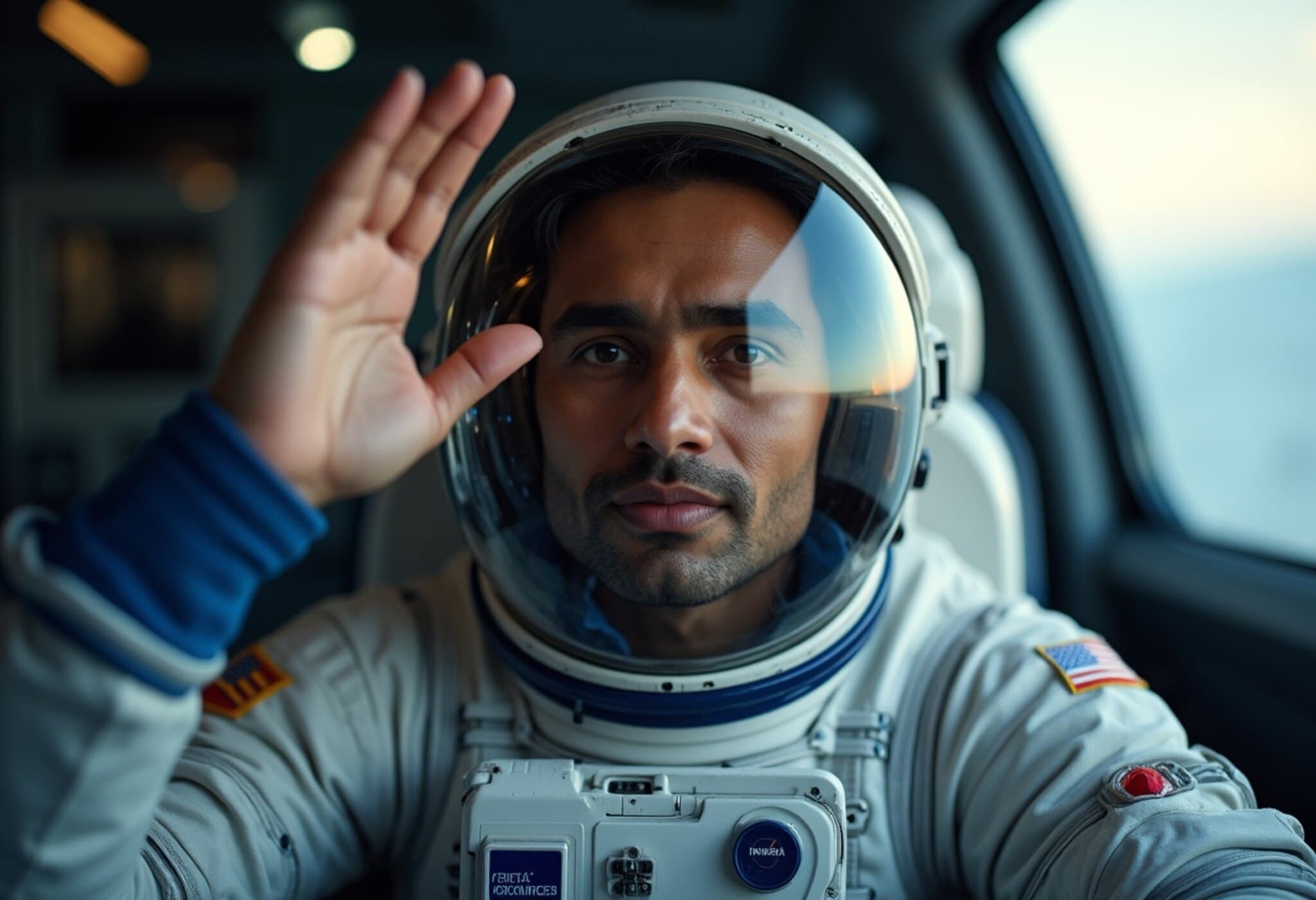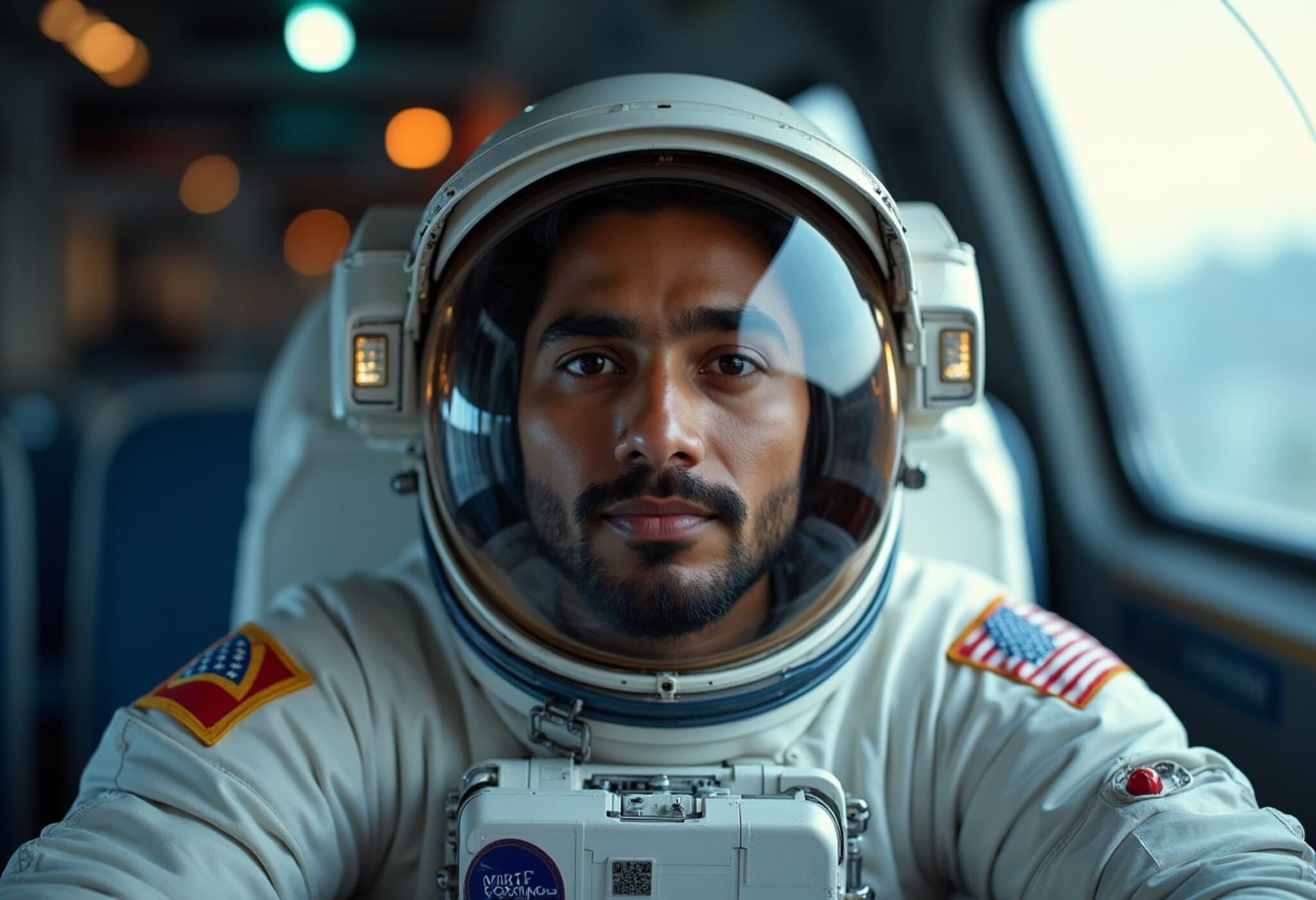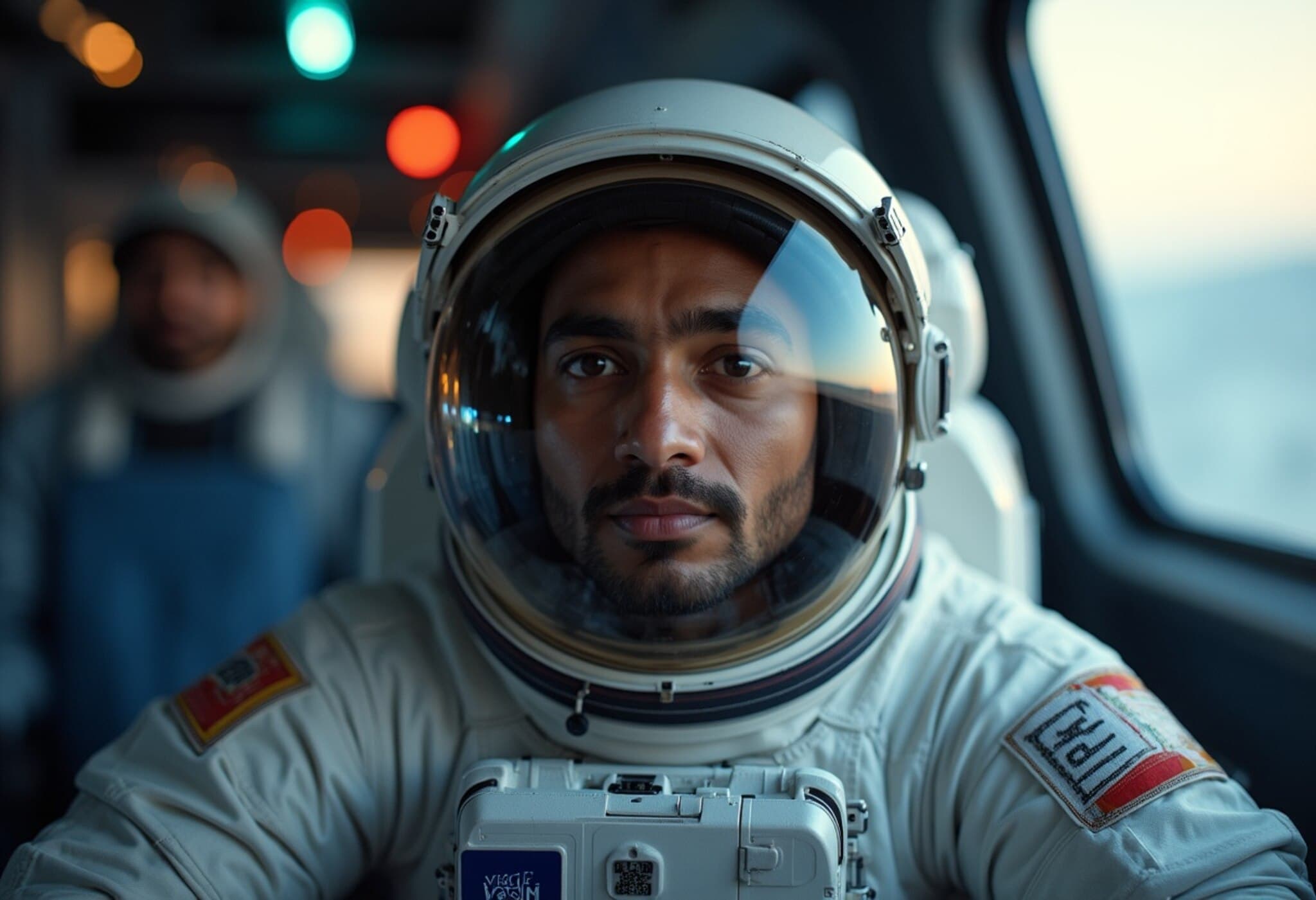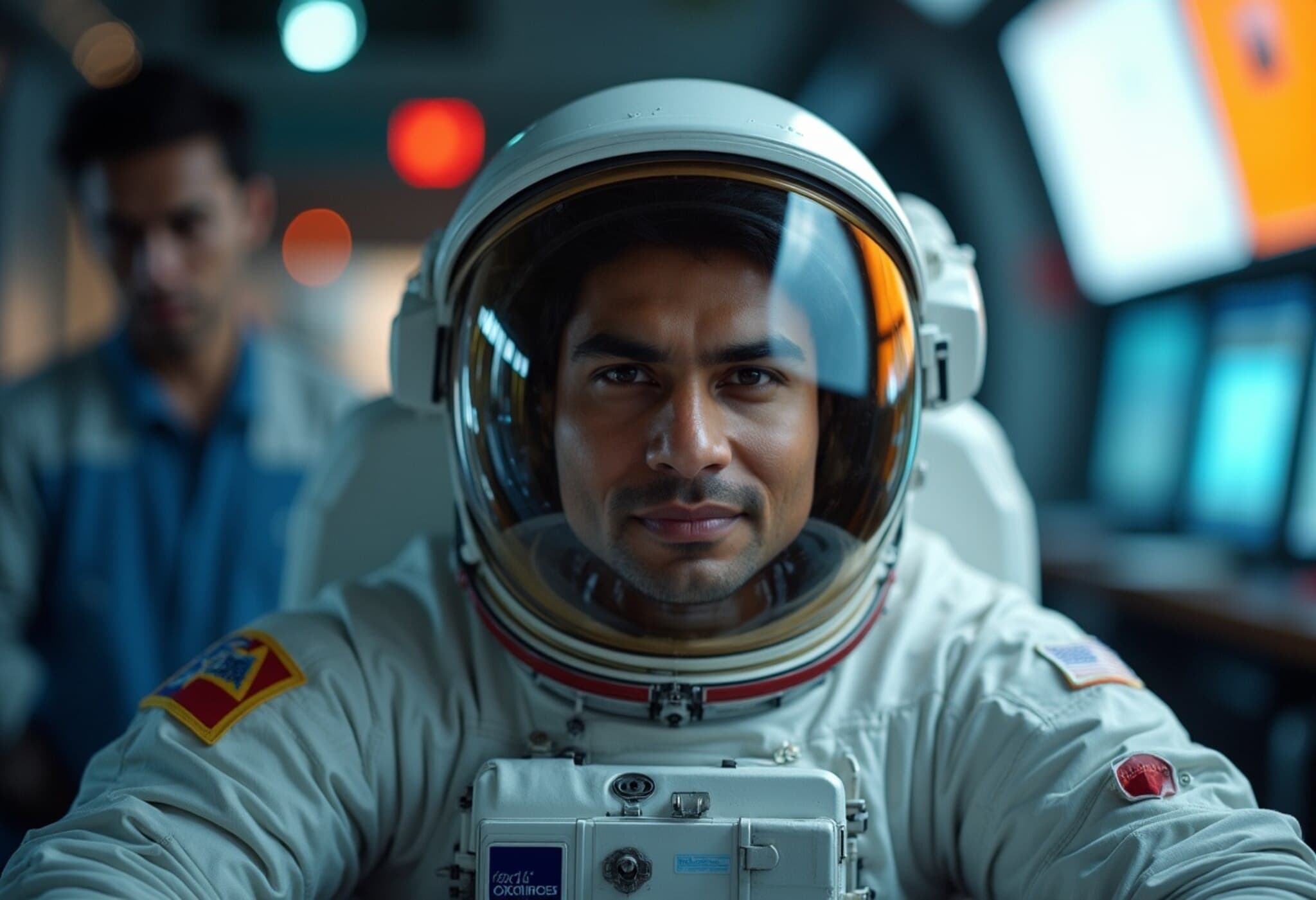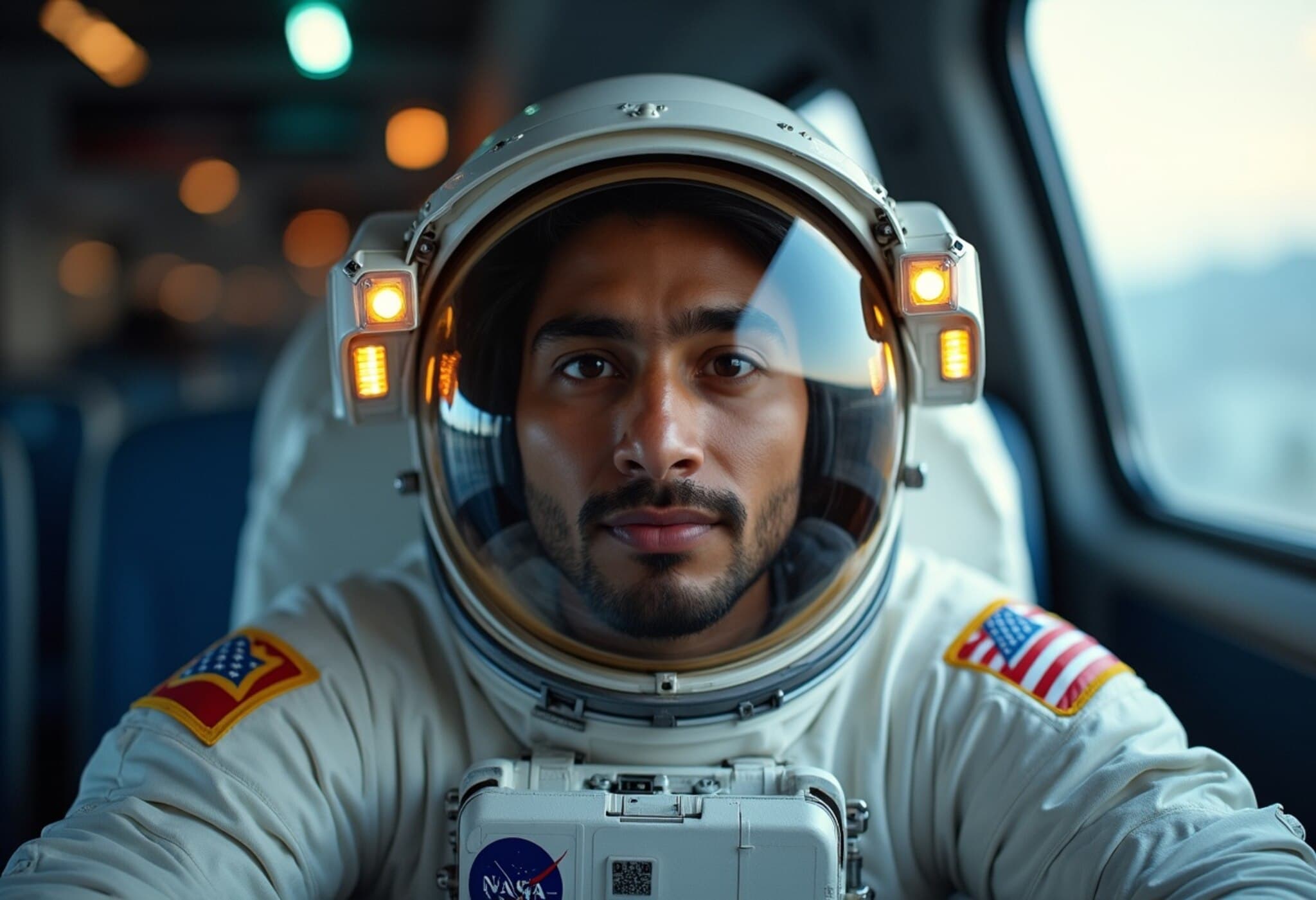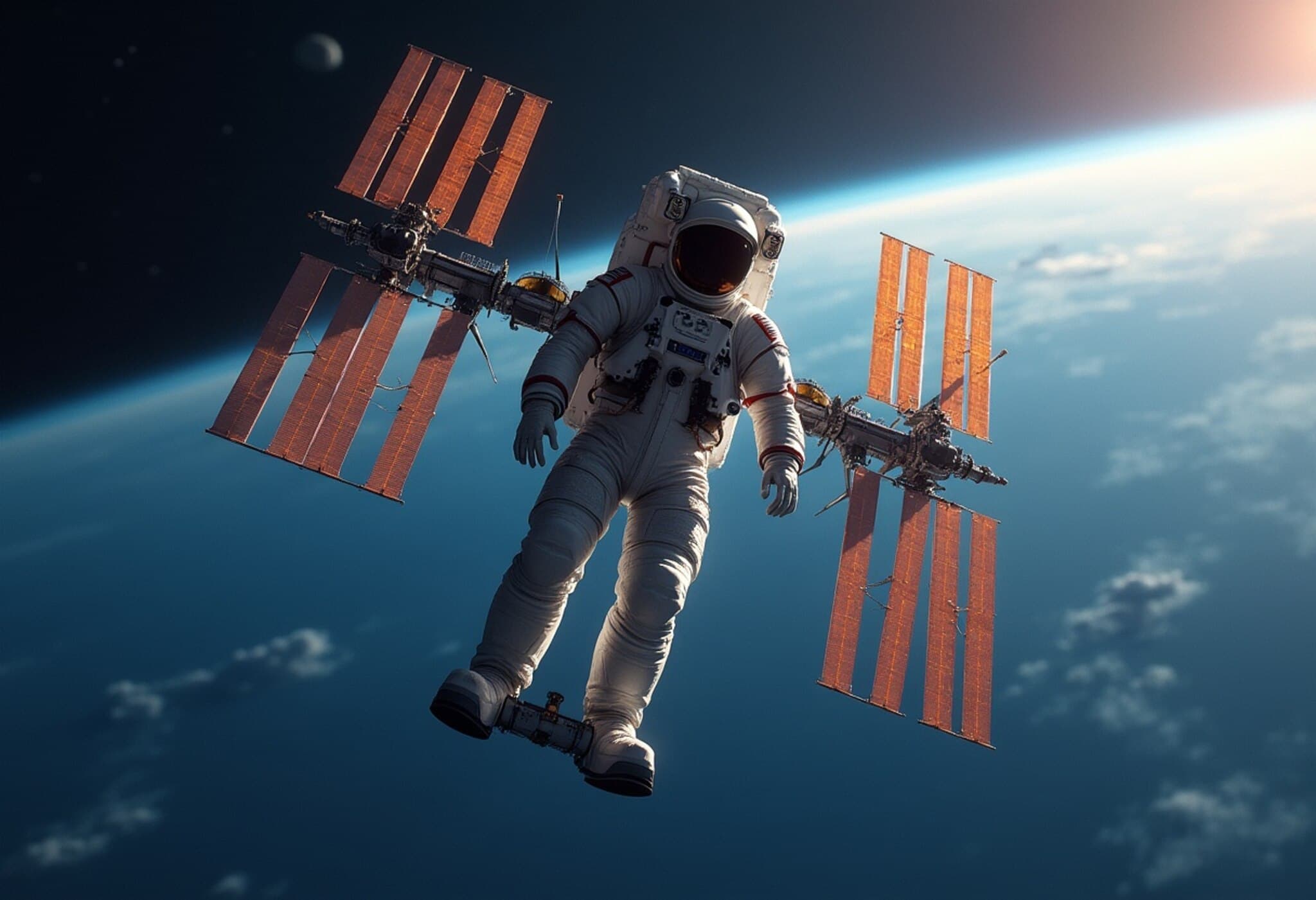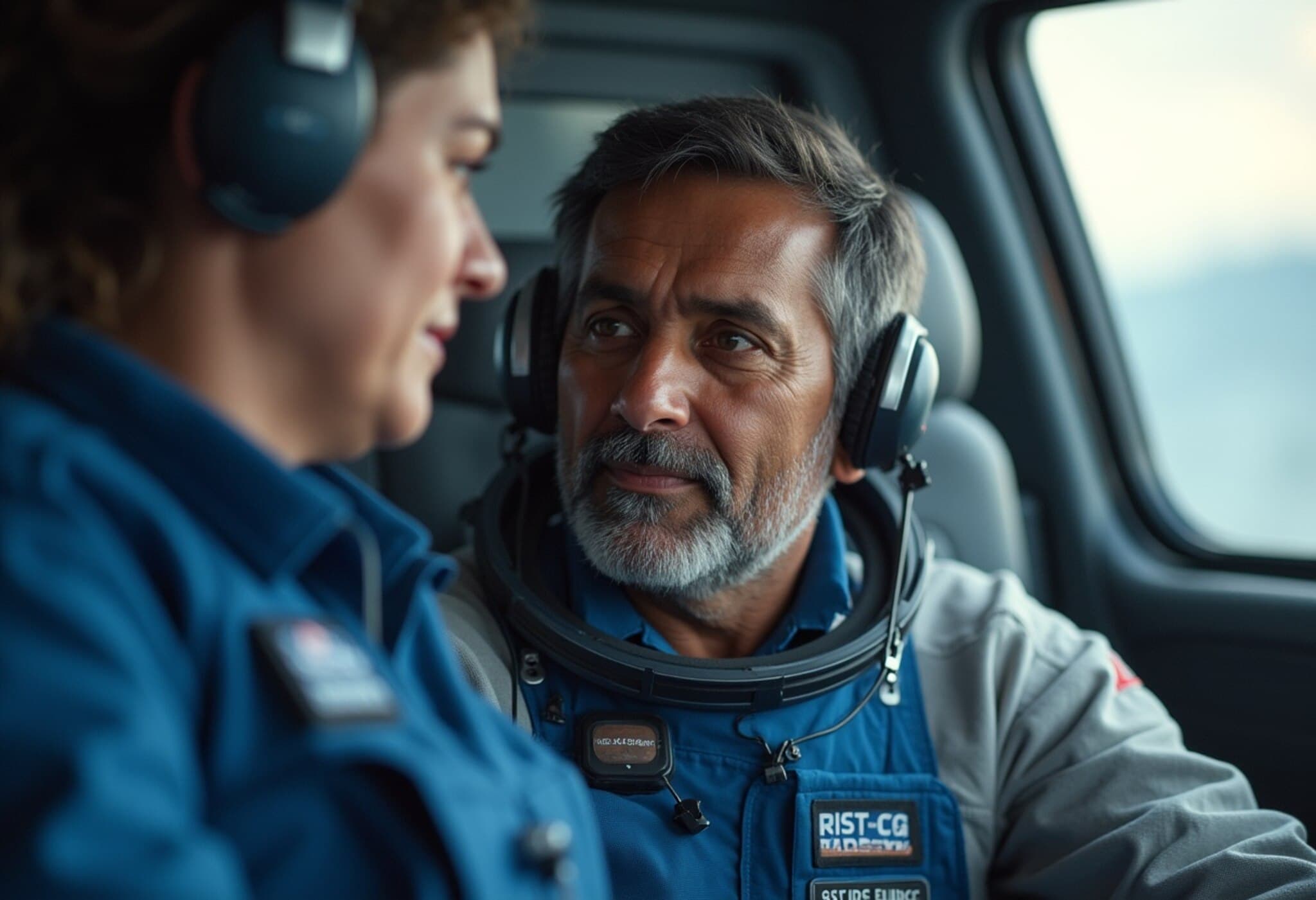Rakesh Sharma Shares Insight on India’s Triumphant Return to Space
On June 25, 2025, India marked its grand re-entry into space exploration after a hiatus of 41 years. Veteran astronaut Rakesh Sharma, the first Indian to journey into space in 1984, offered profound reflections on how space travel transforms one's perception of Earth, emphasizing that the planet belongs to all humanity and transcends borders.
The Historic Axiom-4 Mission: A New Chapter for India
Group Captain Shubhanshu Shukla joined forces with three international astronauts—Commander Peggy Whitson from the U.S., Mission Specialist Tibor Kapu of Hungary, and Mission Specialist Slawosz Uznanski-Wisniewski of Poland—in the commercially operated Axiom-4 mission. Launched atop a SpaceX Falcon 9 rocket from Florida’s Kennedy Space Center, the crew embarked on a pioneering journey to the International Space Station.
A Remarkable Ride to Orbit
Shukla described the launch as a "kamaal ki ride"—an amazing experience—just minutes after reaching orbit approximately 200 kilometers above Earth. His successful mission symbolizes India’s expanding footprint in space exploration after more than four decades.
Looking Back: Sharma’s Journey to the Stars
In a podcast shared by India's Ministry of Defence, Rakesh Sharma reminisced about his selection and training for the historic Indo-Soviet mission. As a young and fit Indian Air Force test pilot, Sharma spent 18 months training near Moscow, mastering the Russian language and rigorous exercises.
- His eight-day mission aboard the Soviet Salyut-7 station involved conducting experiments designed by Indian scientists.
- Communication with mission control and crew was entirely in Russian, a challenge mastered in just two months.
Contrasting Eras: Analog to Digital
While Sharma's voyage occurred in an era when televisions were a luxury, the Axiom-4 mission was broadcast live globally, seen on screens and mobile devices alike—a testament to how space exploration has embraced modern technology and connectivity.
Witnessing Earth From Above: A Transformative Perspective
Reflecting on the breathtaking view of India from space, Sharma exclaimed with awe:
“Oh dear! Beautiful. Our country boasts a diverse landscape: long coastlines, majestic ghats, sprawling plains, tropical forests, and towering Himalayas. The vibrant colors and textures create a mesmerizing panorama.”
He also noted the unusual rhythm of days in orbit, with sunrises and sunsets occurring every 45 minutes.
The Mental Shift Space Travel Inspires
Despite advances in space technology, Sharma said the human experience remains largely unchanged. Yet, the mental impact of viewing Earth from above is profound and mind-altering, providing a humbling sense of humanity’s place in the vast universe.
“It changes the mindset,” he affirmed, stressing that space travel fosters a broadened worldview emphasizing unity and stewardship of our shared home.
Looking Ahead: The Future of Indian Space Exploration
Asked about what lies ahead for India’s space ambitions, Sharma expressed optimism:
“We will journey ever farther from our home planet. It’s vital we protect Earth by ending conflicts and abandoning weapons. This planet belongs to everyone and must be preserved.”
He envisions India becoming a modern leader in space exploration, confident in the country’s ability to succeed in future missions.
Sharma’s Post-Mission Contributions
Following his historic flight, Sharma returned to serve in the Indian Air Force before advancing to Hindustan Aeronautics Limited as chief test pilot, playing a key role in developing the Light Combat Aircraft (LCA) 'Tejas'.
A Déjà Vu Moment and National Pride
The Indian Air Force hailed Shukla’s mission as a proud moment, calling it a “déjà vu” reminiscent of Sharma’s groundbreaking flight. This mission not only celebrates achievement but reaffirms India’s expanding horizons in space.

